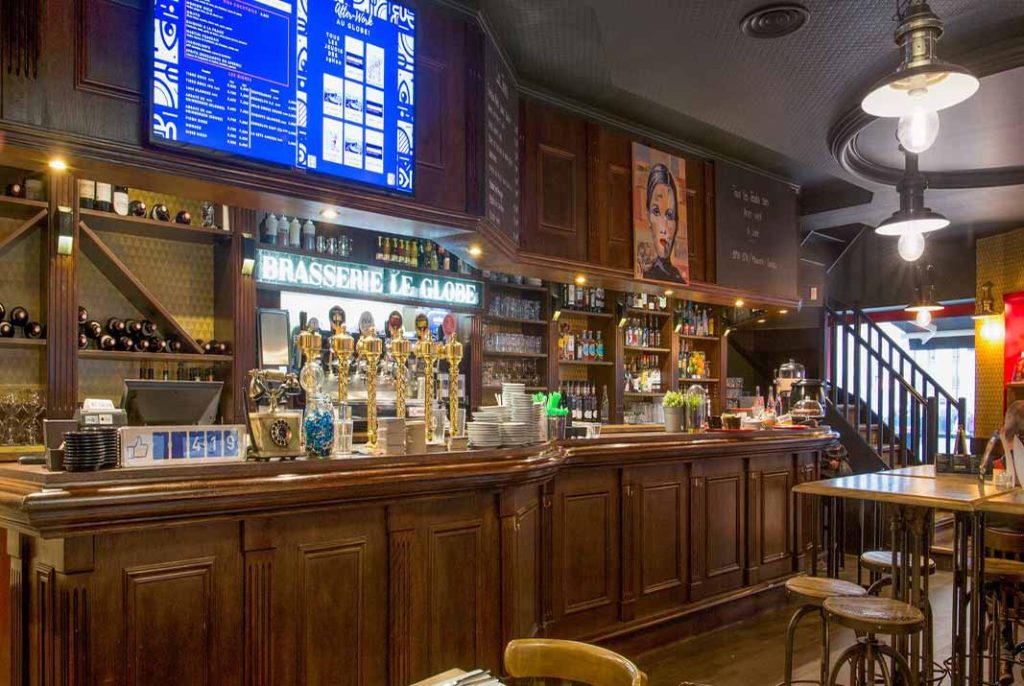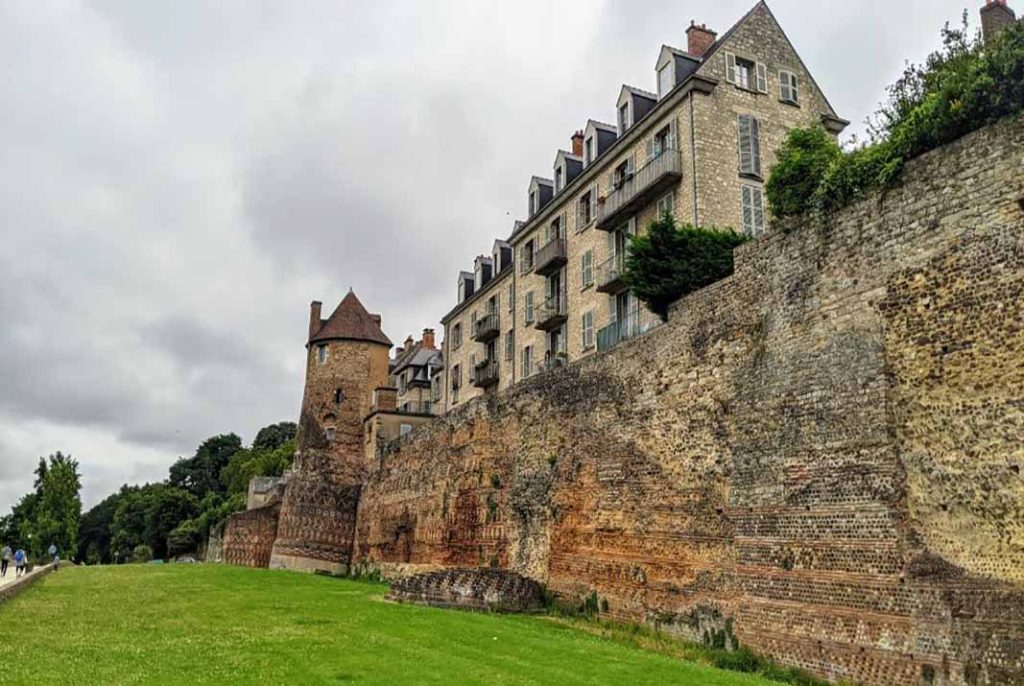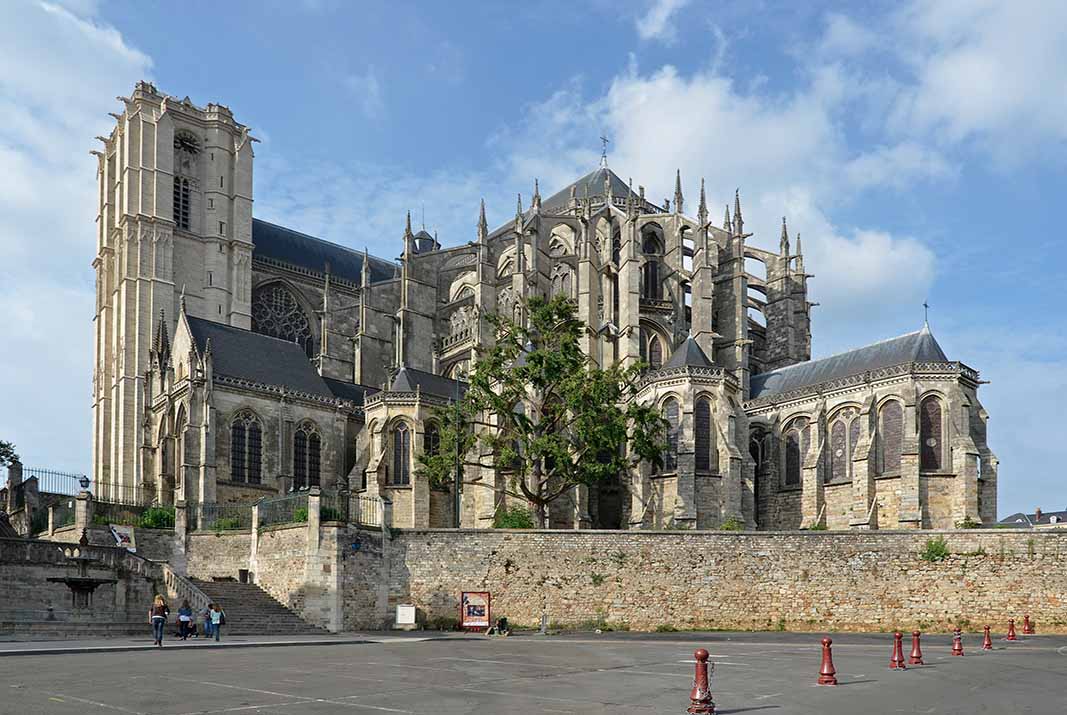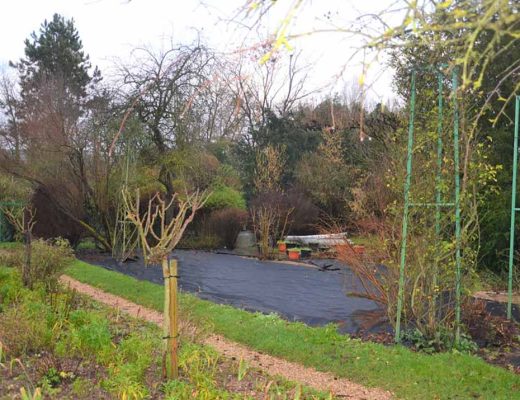The first time I visited Le Mans, I only had a single day. I arrived on the morning train from Paris, stepping off with my backpack and a sense of urgency. One day can feel both like a gift and a challenge. The gift is the intensity: every moment counts, so you experience the city with sharp attention. The challenge is obvious — how do you fit centuries of history, layers of culture, and the pulse of a modern French city into a single day?
What I discovered is that Le Mans is remarkably suited to this kind of focused exploration. Its core attractions are compact, connected by tram lines, pedestrian streets, and short walks. In twelve hours, you can see the best of its medieval old town, its cathedral, its gardens, its museums, and still have time to savor a good meal or two.
Here’s my personal guide to playing Le Mans in one day. Think of it as a carefully choreographed dance: you’ll move quickly, but never too fast to enjoy the rhythm of the city.
1. Begin at Cathédrale Saint-Julien (8:30 am)
No matter how many times I visit Le Mans, I always start at the Cathédrale Saint-Julien. Perched on the edge of the Cité Plantagenêt, it dominates the skyline. From the outside, its Gothic buttresses soar upward like stone wings; inside, the stained glass glows with stories of saints and kings.
Arriving early is the secret. The cathedral opens at 8:30 am, and if you go then, you’ll have it almost to yourself. I remember the quiet echo of my footsteps on the flagstones, the smell of incense still lingering from morning prayers, and the light spilling in through the 12th-century windows.
Practical tips:
- Entry is free, but donations are appreciated.
- Photography is allowed, but keep the flash off.
- Book a guided tour in advance through GetYourGuide if you want deeper context; mine cost €10 and brought the architecture alive.
2. Wander the Cité Plantagenêt (9:30 am)
Step outside the cathedral, and you’re in the heart of medieval Le Mans: the Cité Plantagenêt. Cobblestone streets twist between half-timbered houses painted in ochre, burgundy, and cream. Walking here feels like stepping back to the 15th century, and yet cafés spill out onto corners where locals sip espresso.
Highlights not to miss:
- Maison d’Adam et Ève, a half-timbered house with carved biblical scenes.
- Place Saint-Pierre, where market stalls often pop up.
- Ancient Roman walls, some of the best-preserved in France.
This is where I advise slowing down. Even though you only have one day, the old town deserves lingering. Duck into an antique shop, buy a pastry from a corner bakery, pause to watch light shift across old stones.
3. Coffee Break at Place de la République (10:30 am)
By now, you’ll be ready for coffee. Walk down into Place de la République, the central square of modern Le Mans. The trams glide through, fountains splash, and the contrast with the medieval quarter above is striking.
I like Café Le Globe, where you can sit outside and watch the flow of the city. Order an espresso or a café crème, maybe a croissant if you skipped breakfast. I once sat here in September watching children chase pigeons through the square, and it was the perfect pause before continuing my day.
Booking tip for restaurants: I often reserve meals in advance with LaFourchette (TheFork), which lists discounts for many bistros in the area. It’s useful if you’re planning a family lunch and want to avoid surprises.

4. Explore the Musée de Tessé (11:00 am)
A ten-minute walk from the square brings you to the Musée de Tessé, one of Le Mans’ best-kept secrets. The museum houses fine arts, archaeology, and — my favorite — life-sized reconstructions of Egyptian tombs. Walking through them feels like a sudden teleportation to another civilization.
The building itself is surrounded by gardens, and even if you don’t enter, the grounds are worth a stroll.
Practical tips:
- Entry fee: around €5.
- Tickets are available on-site, but I prefer booking on Tiqets, which saves time.
- Allow 45–60 minutes if you’re on a one-day schedule.
5. Lunch: Taste the Flavors of Sarthe (12:30 pm)
By midday, you’ll be hungry. Le Mans has its own regional specialties: rillettes (a kind of pork pâté), chicken from Loué, and apple-based desserts.
I recommend Le Grenier à Sel (26 Rue du Docteur Leroy). It’s elegant but not intimidating, and they serve a lunch menu with local dishes for about €25. The day I ate there, I tried rillettes spread on fresh bread, roasted chicken with thyme, and an apple tart so delicate it practically dissolved on my tongue.
Booking tip: Reserve on TheFork — I once got a 20% discount that way.
6. Afternoon at the 24 Hours of Le Mans Museum (2:00 pm)
No visit to Le Mans is complete without acknowledging its global claim to fame: the 24 Hours of Le Mans. Take Tram Line 1 south to Antarès-MMArena. From there, it’s a short walk to the Circuit de la Sarthe and the museum.
The museum showcases decades of racing history: sleek Ferraris, legendary Bentleys, and interactive exhibits about endurance racing. I’m not a hardcore motorsport fan, but I still felt goosebumps standing before cars that had conquered 24 hours of relentless speed.
Practical tips:
- Entry: about €10.50.
- Book online via GetYourGuide or Tiqets to skip the line.
- Budget at least 90 minutes, but keep an eye on the clock — you only have one day.
7. Stroll through Jardin des Plantes (4:00 pm)
After the noise and energy of the race, you’ll need calm. The Jardin des Plantes is a botanical garden north of the city center, with manicured lawns, fountains, and shaded paths. Families gather here, couples walk hand in hand, and locals read on benches.
I once visited in September and saw children feeding ducks by the pond while roses still bloomed in the late-summer sun. It’s the perfect recharge before the evening stretch of your day.
Cost: Free.
8. Discover Modern Le Mans (5:00 pm)
Many travelers stick only to the old town, but I recommend exploring Quartier Jacobins and the shopping streets around Rue de Bolton. This is where modern Le Mans breathes: boutiques, bookstores, and patisseries.
It’s also the time to pick up souvenirs. I like buying local rillettes jars from gourmet shops or artisanal chocolates that remind me of autumn afternoons here.
9. Early Dinner in the Old Town (6:30 pm)
By evening, return to the Cité Plantagenêt for dinner. The medieval streets glow in the golden light, and restaurants tucked into old houses feel magical.
One of my favorites is La Vieille Porte (1 Rue de la Vieille Porte), where candlelight reflects on stone walls and the menu highlights Sarthe specialties. Dinner here costs about €30–40 per person with wine.
Booking tip: Use TheFork or book directly by phone. Many old-town restaurants are small, and tables fill quickly, especially on weekends.

10. End with the Nighttime Light Show (8:30 pm)
If you’re visiting in summer or early autumn, Le Mans hosts a spectacular nighttime show called La Nuit des Chimères. Images are projected onto the cathedral and old town buildings, telling stories through light and music.
The first time I saw it, I stood in the square with hundreds of others, watching medieval walls come alive with glowing creatures and kings riding across stone. It felt like the city itself was whispering its history to us.
Cost: Free.
Bonus Advice for Your One-Day Visit
- Start Early, End Late: The day is full, but every hour matters. Arrive on the first morning train if possible.
- Use the Tram: The tram system is simple and connects key areas like the station, city center, and the race circuit.
- Pack Light: If you’re carrying luggage, use station lockers at Gare du Mans so you can explore freely.
- Stay Nearby: If you plan an overnight, I recommend booking a central hotel like Hôtel Concordia Le Mans Centre Gare (via Booking.com) so you can walk everywhere.
- Budget Wisely: Expect €60–80 for meals and entries, plus train fare if you’re coming from Paris.
- Book Ahead: Platforms like Omio are perfect for train tickets, while Booking.com and Airbnb handle accommodation. For activities, GetYourGuide and Tiqets save time.
- Wear Comfortable Shoes: The cobblestones of the old town can be tough on feet.
- Allow Wiggle Room: Don’t schedule too tightly; part of the charm is lingering unexpectedly.
- Travel Off-Peak: September is perfect — the crowds thin, but the weather stays mild.
- Embrace the Contrast: Le Mans is medieval and modern, calm and energetic. Let the day reflect all of these.
Spending just one day in Le Mans taught me a lesson about travel: you don’t need endless time to form a real connection with a city. Sometimes, intensity sharpens experience. By starting with the cathedral at sunrise and ending with the light show after dark, you cover centuries in hours.
Yes, you’ll leave wanting more — but that’s not a failure. That’s the mark of a place that truly touches you. For me, Le Mans isn’t just about engines roaring through the night. It’s about bells ringing in a Gothic nave, sunlight on medieval walls, the taste of rillettes on warm bread, and the hush of a garden at dusk.
And every time I return, I carry that first one-day visit inside me like a map, reminding me how much beauty can be lived in a single day.



